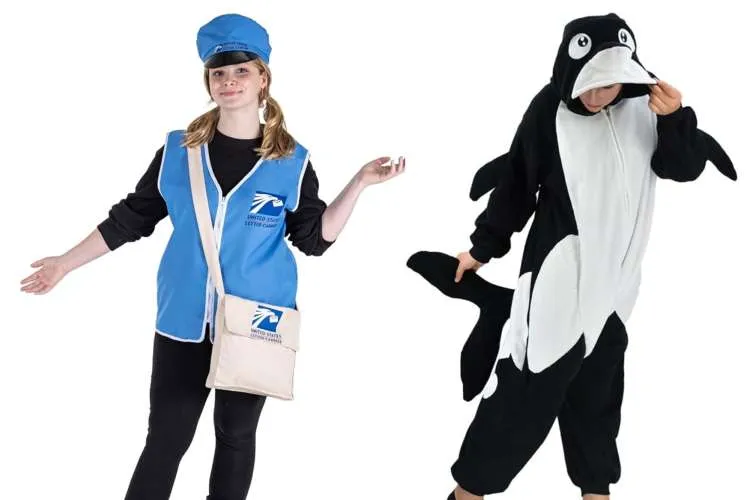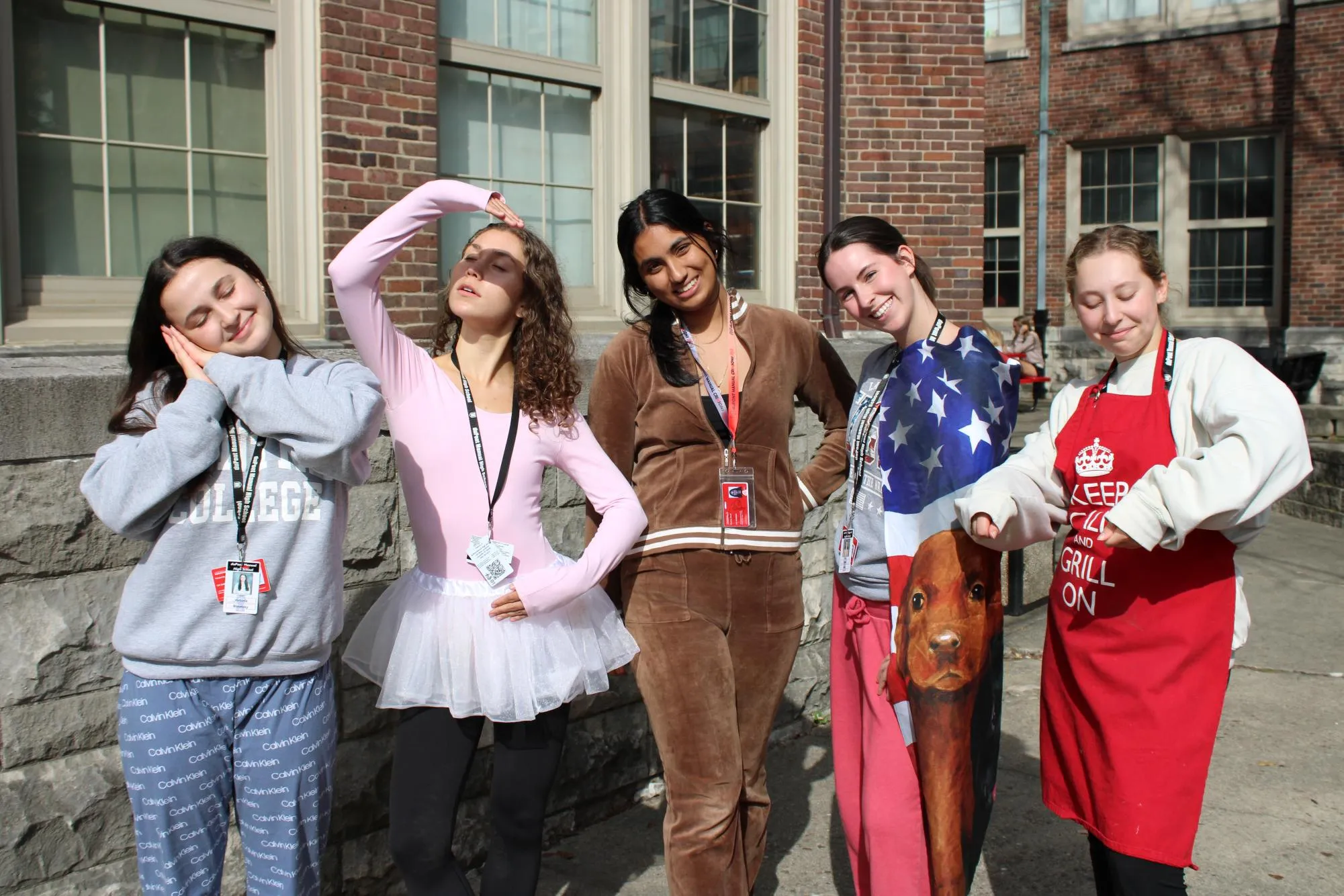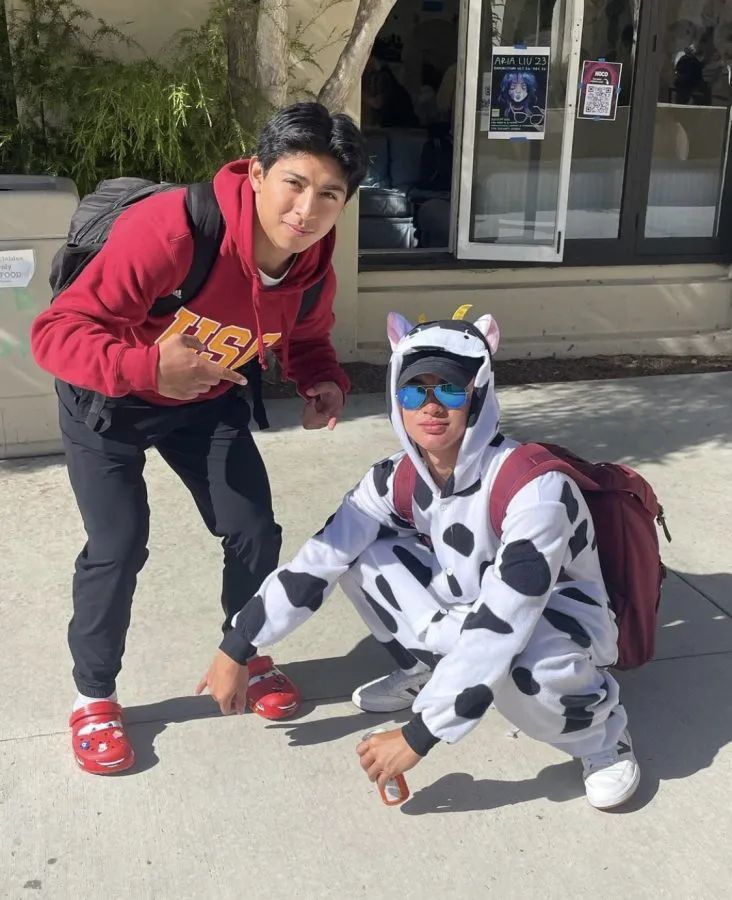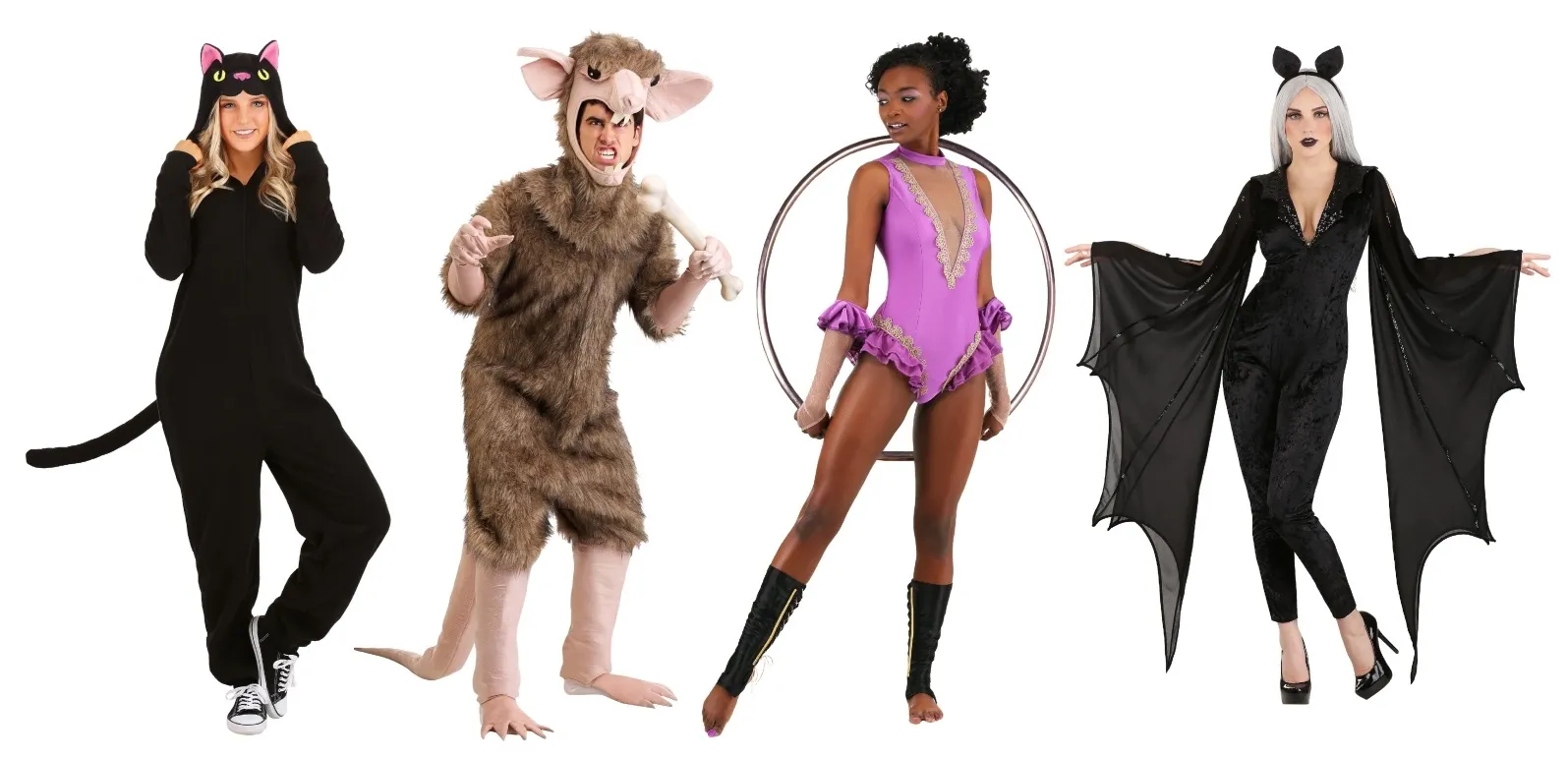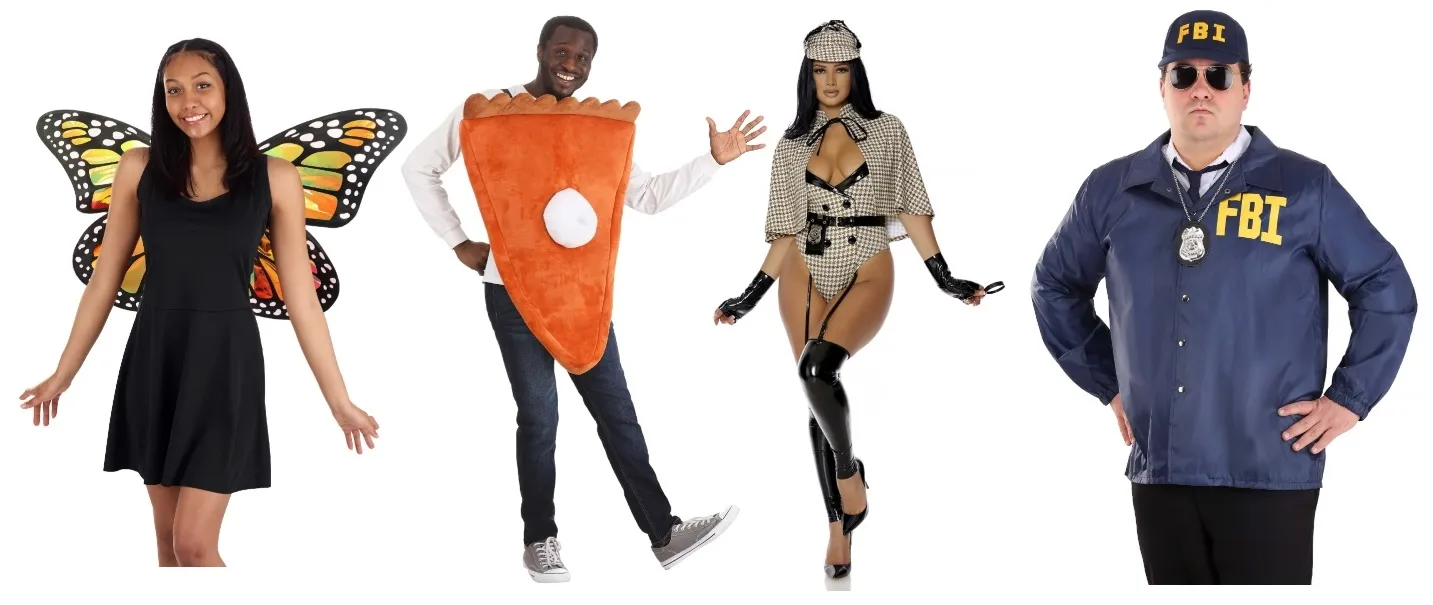The concept of rhyme without reason might sound nonsensical at first, but it offers an exciting blend of creativity and playfulness. From absurd literature to quirky costume ideas, rhyme without reason ignites imagination, inspiring joy in both children and adults. But what exactly is rhyme without reason, and why does it hold such enduring appeal?
Contents
- 1 Understanding the Concept of Rhyme Without Reason
- 2 The Appeal of Rhyme Without Reason
- 3 Ideas for Rhyme Without Reason
- 4 Rhyme Without Reason Costume Ideas
- 5 Activities Incorporating Rhyme Without Reason
- 6 Famous Examples of Rhyme Without Reason
- 7 The Educational Value of Rhyme Without Reason
- 8 Creating Your Own Rhyme Without Reason
- 9 The Future of Rhyme Without Reason
- 10 Conclusion
- 11 Frequently Asked Questions About Rhyme Without Reason
Understanding the Concept of Rhyme Without Reason
The Origins of Rhyme Without Reason
The idea of rhyme without reason can be traced back to early forms of literature, where poets and writers often played with language in absurd and unexpected ways. Historically, rhyme has been a tool to craft meaning, but when paired with absurdity, it morphs into a playground for the imagination. One can see glimpses of this in the works of famous poets like Edward Lear and Lewis Carroll, who popularized nonsensical verses.
Cultural Perspectives on Absurdity in Rhyme
Different cultures have embraced rhyme without reason in various forms. In some, it serves as a medium for humor and satire, while in others, it’s a form of rebellion against structured thought. The absurdity embedded in these rhymes allows for freedom from logical constraints, which is why nonsensical rhymes have become a global phenomenon. From Eastern European folktales to the playful limericks of Ireland, rhyme without a reason captures imaginations across the world.
The Role of Rhyme in Literature and Poetry
Rhyme without reason defies the conventional purpose of rhyme, which is often to create patterns of meaning. Instead, it invites unpredictability and creative expression. While traditional rhyming poems rely on structure and coherence, nonsense rhymes flourish by disrupting these norms, offering an outlet for pure fun and imagination. Writers have long experimented with rhymes to tap into new ways of communicating ideas, especially those that don’t require logical explanation.
The Appeal of Rhyme Without Reason
The Fun Factor: Playfulness in Language
The primary draw of rhyme without reason is its ability to bring playfulness into language. Unlike structured poetry, these rhymes don’t follow the rules, which often makes them more enjoyable for both creators and audiences. The unexpected pairings of words can generate laughter, surprise, and delight. For instance, pairing “cat” with “hat” makes sense, but adding a random twist like “plat” leads to a whole new level of fun.
Engaging Children and Families
One of the key audiences for rhyme without reason is children and their families. Kids naturally gravitate towards language that is silly and fun, making nonsensical rhymes a fantastic tool for learning and bonding. Parents can engage their children through activities that revolve around creating ridiculous rhymes, which foster creativity and strengthen language skills. Rhyme without a reason ideas also lead to endless bedtime stories and playful conversations.
The Impact on Memory and Learning
Nonsense rhymes have a surprising impact on memory and learning. Because of their unique and often unexpected word pairings, rhyme without reason tends to stick in the mind more effectively than straightforward sentences. Educators and parents alike can use these rhymes as tools to help children remember new vocabulary or even complex ideas. The absurdity of the rhyme adds an element of surprise, making the learning process more engaging.
Ideas for Rhyme Without Reason
Everyday Life Scenarios
Finding rhyme without reason ideas in everyday life can be a fun challenge. For example, consider mundane tasks like cooking or cleaning. A nonsensical rhyme like “Mix the stew, paint it blue, then serve it with a kangaroo” brings absurdity into the routine, sparking laughter and creative thinking. Creating rhymes from ordinary moments injects humor into otherwise boring situations.
Nature-Inspired Rhymes
Nature offers a wealth of inspiration for rhyme without reason. Imagine combining wildlife with nonsensical elements: “The owl in the tree sipped his tea, while the fish flew over to join with glee.” These absurd rhymes add whimsy to the natural world, encouraging children and adults to view their environment through a lens of imagination.
Fantastical and Whimsical Themes
Fantastical settings and characters often lend themselves to rhyme without reason naturally. Think of a world where dragons play the piano and fairies juggle sandwiches. By creating these outlandish scenarios, nonsensical rhymes transport readers and listeners to places where the impossible becomes possible, providing a wonderful escape from reality.
Rhyme Without Reason Costume Ideas
Character Costumes Inspired by Nonsense Rhymes
When it comes to rhyme without reason costume ideas, characters from nonsense rhymes provide endless inspiration. Imagine dressing up as a “laughing giraffe in a scarf,” or a “dancing bear with purple hair.” These ideas allow for creativity and fun at costume parties or Halloween events, giving both kids and adults the chance to become living embodiments of nonsensical verses.
DIY Costume Concepts Using Rhyme
For those who prefer crafting their own costumes, rhyme without reason opens the door to some wildly imaginative DIY projects. Combining unrelated objects, animals, or colors into a costume can be as simple as rhyming unrelated words. A “blue shoe that’s glued to a canoe” can inspire a quirky homemade outfit that’s sure to draw attention.
Group Costume Ideas for Friends and Families
Friends or family members can take rhyme without reason to the next level by working together on group costumes. Imagine a group dressed as “fox in socks” or “lizards in blizzards.” These themes are fun for gatherings and parties, where the element of absurdity will undoubtedly spark laughter and conversation. Plus, they offer a sense of unity through the shared creativity.
Activities Incorporating Rhyme Without Reason
Rhyme Challenges for Creative Writing
One of the best ways to explore rhyme without reason is through creative writing challenges. Writers of all ages can be encouraged to come up with the silliest, most nonsensical rhymes they can imagine. A fun challenge might be to write a story where every other sentence includes a ridiculous rhyme, promoting both literary skill and imaginative thinking.
Games that Embrace Nonsensical Rhyming
Nonsensical rhymes can be incorporated into various games that families or classrooms can enjoy. A popular game might involve one person saying a word, and the next person coming up with a ridiculous rhyme for it. The goal is to create the most absurd combination, like “bake a cake on a lake with a snake.” Such activities encourage linguistic creativity while also fostering laughter and connection.
Rhyme-Based Storytelling Workshops
Rhyme without reason can be a powerful tool in storytelling workshops, where participants craft nonsensical narratives based on rhyme. These workshops encourage participants to let go of logic and embrace the absurd, resulting in wildly creative and humorous stories. In these settings, rhymes can serve as prompts for entire storylines or individual character traits, fostering a collaborative and playful environment.
Famous Examples of Rhyme Without Reason
Notable Poets and Their Contributions
Poets like Lewis Carroll and Edward Lear are perhaps the most well-known for their contributions to the genre of rhyme without reason. Carroll’s “Jabberwocky” and Lear’s limericks embrace absurdity with gusto, creating a literary legacy that continues to inspire writers today. Their work illustrates how nonsense rhyme can not only entertain but also elevate poetry to new, imaginative heights.
Children’s Literature and Modern Nonsense
Nonsense rhymes have a prominent place in children’s literature, with modern authors like Dr. Seuss bringing rhyme without reason into the mainstream. Books such as Green Eggs and Ham or Fox in Socks take simple concepts and make them wildly fun through creative wordplay. These books remain beloved by children and parents alike, demonstrating the lasting appeal of rhyme without reason in young readers’ development.
Rhyme in Popular Music and Culture
In addition to literature, rhyme without reason has also found its way into popular music and culture. Artists often experiment with wordplay, creating nonsensical lyrics that capture the essence of rhyme without a reason. From surreal song lyrics to comedic skits, the playful nature of this concept finds itself embraced by modern entertainers seeking to engage their audience in fresh, unexpected ways.
The Educational Value of Rhyme Without Reason
Enhancing Literacy Skills Through Playful Rhyme
Beyond its entertainment value, rhyme without reason serves as an excellent tool for enhancing literacy. Children who engage with nonsensical rhymes develop a stronger grasp of language patterns, vocabulary, and phonetic awareness. The playful nature of these rhymes makes learning feel more like a game, reducing pressure and encouraging exploration of new words.
Encouraging Creativity in Young Minds
Creativity flourishes when boundaries are removed, which is exactly what happens with rhyme without a reason ideas. Children (and adults) are encouraged to abandon conventional rules and think outside the box. This creative freedom can be particularly valuable in early education settings, where fostering innovation is key to developing problem-solving skills and imaginative thinking.
Rhyme as a Tool for Language Development
Even in its most absurd form, rhyme plays a crucial role in language development. Rhyme without reason introduces new sounds and patterns that can help children—and even non-native speakers—better understand the rhythms of language. These rhymes provide a fun way to explore pronunciation, sentence structure, and even grammar, while also building confidence in language use.
Creating Your Own Rhyme Without Reason
Techniques for Generating Nonsensical Verses
Creating your own rhyme without reason may seem daunting, but it’s surprisingly easy once you embrace absurdity. Start by selecting random words and pairing them with others that have no logical connection. For example, “spoon” might rhyme with “balloon,” and together they could be used in a nonsensical verse like, “The spoon danced with the balloon, under the light of the cheese-shaped moon.”
Workshops and Resources for Aspiring Writers
For those interested in honing their nonsensical writing skills, workshops and online resources are available to guide the creative process. These sessions often focus on freeing the mind from traditional constraints and encouraging participants to explore the world of rhyme without a reason. Whether in-person or online, these resources provide a supportive community for writers eager to develop their craft.
Collaborating with Others for Inspiration
Collaboration is another excellent way to generate rhyme without reason ideas. Group writing exercises, where participants build on each other’s nonsensical rhymes, can lead to surprising and delightful results. By working together, writers can push each other’s creativity to new levels, crafting increasingly absurd yet captivating verses.
The Future of Rhyme Without Reason
Trends in Modern Poetry and Literature
The popularity of rhyme without reason is growing as more writers and poets embrace absurdity in their work. Contemporary poetry continues to push the boundaries of language, often incorporating elements of nonsense to convey deeper meaning or simply to entertain. As the literary world evolves, rhyme without reason remains a relevant and influential force.
The Evolution of Nonsense Rhymes in Digital Media
With the rise of digital media, rhyme without reason has found a new home on platforms like social media and video sharing sites. Short, quirky rhymes often go viral, capturing the attention of audiences worldwide. Memes, TikTok challenges, and YouTube skits frequently incorporate absurd rhymes, making them a staple in modern-day entertainment.
Fostering a Community Around Creative Expression
The enduring appeal of rhyme without reason lies in its ability to bring people together through shared creativity. Whether through online communities, workshops, or collaborative writing groups, fans of nonsensical rhyme continue to find ways to connect and express themselves. As more people embrace the joy of rhyme without reason, the creative community surrounding it will continue to flourish.
Conclusion
Rhyme without reason may defy logic, but it certainly does not lack in fun or creativity. From literature to costume ideas, it encourages us to break free from the conventional and explore new realms of imagination. Whether for education, entertainment, or pure creative expression, rhyme without reason is a timeless concept that will continue to inspire laughter, learning, and endless possibilities.
Frequently Asked Questions About Rhyme Without Reason
- What is rhyme without reason?
Rhyme without reason refers to rhymes that don’t follow logical or thematic patterns. These rhymes are intentionally nonsensical, pairing words together simply because they rhyme, without concern for meaning. It’s a playful way to use language, often found in literature, music, and creative activities. - How is rhyme without reason used in literature?
In literature, rhyme without reason is used to create absurd, playful, or whimsical effects. Writers like Lewis Carroll and Edward Lear used this technique to entertain readers by crafting rhymes that didn’t necessarily make logical sense but were fun and memorable. This technique is particularly common in children’s books and nonsense poetry. - What are some popular rhyme without reason costume ideas?
Popular rhyme without reason costume ideas include playful, nonsensical combinations such as “fox in socks” or “giraffe in a scarf.” These costumes are inspired by the absurdity of nonsense rhymes, making them perfect for costume parties, group events, and Halloween. DIY versions often combine unrelated elements to create a humorous and unique look. - Why is rhyme without reason effective in teaching children?
Rhyme without reason is effective in teaching children because it combines language learning with fun and creativity. The unpredictable nature of nonsensical rhymes helps kids remember new words and concepts, improving their vocabulary and literacy skills. It also encourages them to think outside the box and engage their imaginations. - How can I create my own rhyme without reason?
To create your own rhyme without reason, start by choosing random words that rhyme, even if they don’t make logical sense together. Then, craft a playful sentence or verse using these words. For example: “The cat in the hat chased a bat on a mat, while the dog played the fiddle and wore a big hat.” The key is to let go of traditional rules and enjoy the absurdity. - Are there any famous examples of rhyme without reason in music?
Yes, rhyme without reason often appears in music, especially in genres that embrace humor or absurdity. Lyrics that use nonsensical word pairings for comedic or artistic effect can be found in songs by artists like The Beatles (“I Am the Walrus”) or in novelty songs that play with rhyme in a playful and unexpected way. - Can rhyme without reason be educational?
Absolutely! Rhyme without reason can be a valuable educational tool. It helps improve memory retention, encourages linguistic creativity, and makes learning fun. Teachers and parents can use nonsensical rhymes to teach language patterns, phonics, and vocabulary in an engaging way that children find enjoyable and memorable. - What are some rhyme without reason activity ideas for classrooms or families?
Some fun activities incorporating rhyme without reason include:
- Rhyme challenges, where participants come up with the most absurd rhyme combinations.
- Storytelling workshops, where kids or adults create nonsense rhymes that build into a funny story.
- Creative writing exercises, where students are tasked with including as many nonsensical rhymes as possible in their stories.
- Is there a community for people interested in rhyme without reason?
Yes, many creative communities online and offline celebrate rhyme without reason. Writing workshops, forums, and social media groups often explore nonsensical writing. Fans of absurd literature and nonsense poetry frequently connect through shared projects, creative writing challenges, and costume events that embrace this playful use of language. - How has rhyme without reason evolved in modern culture?
In modern culture, rhyme without reason has expanded beyond poetry and literature into digital media, music, and even viral internet challenges. With platforms like TikTok and YouTube, people can easily share playful rhymes, memes, and skits that embrace nonsense. This widespread reach has helped to keep the concept alive and thriving in today’s entertainment landscape.


